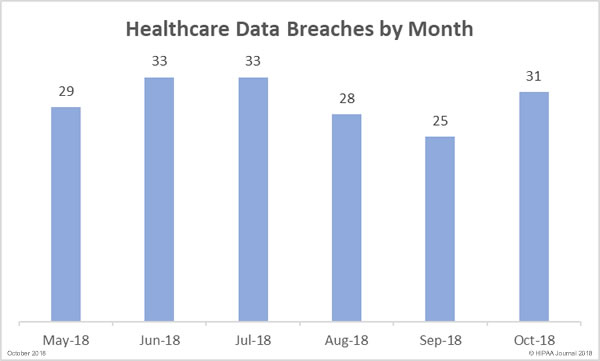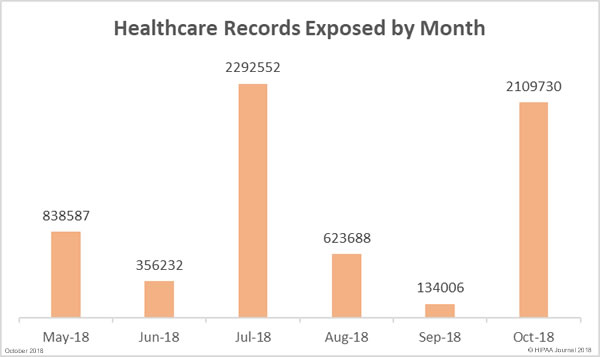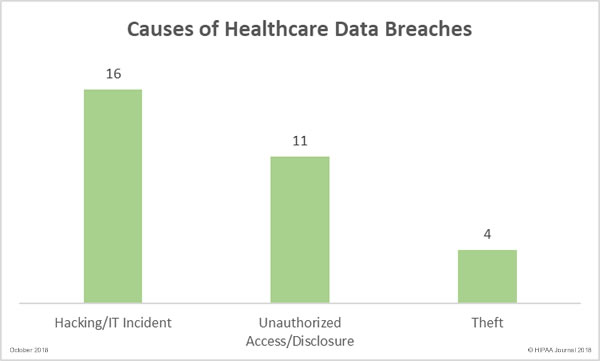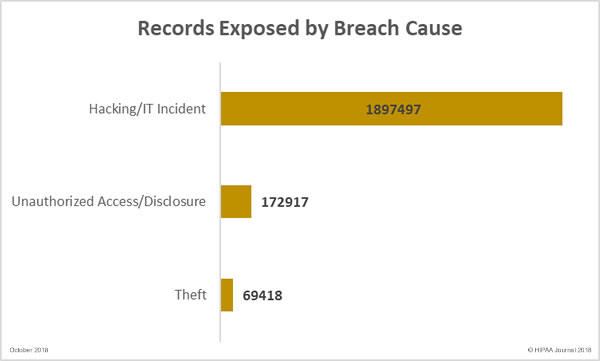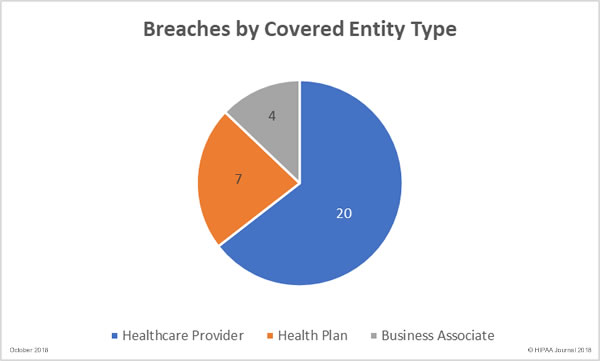An HHS’ Office for Civil Rights (OCR) investigation into an impermissible disclosure of PHI by a business associate of a HIPAA-covered entity revealed serious HIPAA compliance failures.
Advanced Care Hospitalists (ACH) is a Lakeland, FL-based contractor physicians’ group that provides internal medicine physicians to nursing homes and hospitals in West Florida. ACH falls under the definition of a HIPAA-covered entity and is required to comply with the HIPAA Privacy, Security, and Breach Notification Rules. ACH serves approximately 20,000 patients a year and employed between 39 and 46 staff members per year during the time frame under investigation.
Between November 2011 and June 2012, ACH engaged the services of an individual who claimed to be a representative of Doctor’s First Choice billings Inc., a Florida-based provider of medical billing services. That individual used First Choice’s company name and website, but according to the owner of First Choice, those services were provided without the knowledge or permission of First Choice.
A local hospital notified ACH on February 11, 2014 that some patient information – including names, birth dates, Social Security numbers, and some clinical information – was viewable on the First Choice website. The website was shut down the following day.
In April 2014, ACH submitted a breach report to OCR about the impermissible disclosure of patients’ protected health information (PHI). Its breach report stated the PHI of 400 patients had been impermissibly disclosed, but later amended the breach report after it was discovered a further 8,855 patients’ PHI had also been impermissibly disclosed.
OCR investigated the breach and discovered that despite having been in operation since 2005, ACH did not implement any HIPAA Privacy, Security, and Breach Notification Rule policies and procedures before April 1, 2014, and had failed to implement appropriate security measures. ACH also failed to conduct a risk analysis until March 4, 2014.
Even though PHI had been disclosed to the individual providing medical billing services, ACH failed to enter into a business associate agreement with that individual. As a result of the lack of a BAA, ACH impermissibly disclosed the PHI of 9,255 patients to a third party for billing processing services – PHI that was subsequently exposed online.
In addition to paying the $500,000 fine, ACH has agreed to implement a robust corrective action plan to correct all HIPAA compliance failures.
“This case is especially troubling because the practice allowed the names and social security numbers of thousands of its patients to be exposed on the Internet after it failed to follow basic security requirements under HIPAA,” said OCR Director Roger Severino.
The latest settlement is the ninth OCR HIPAA compliance penalty of 2018. $25,572,000 has been paid to OCR in 2018 to resolve compliance failures.
The post OCR Fines Florida Contractor Physicians’ Group $500,000 for Multiple HIPAA Compliance Failures appeared first on HIPAA Journal.
